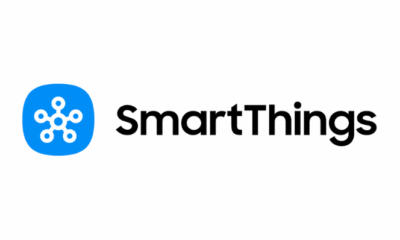News
Samsung’s 2025 TVs get smarter with Microsoft Copilot and new Galaxy devices unveiled at IFA 2025
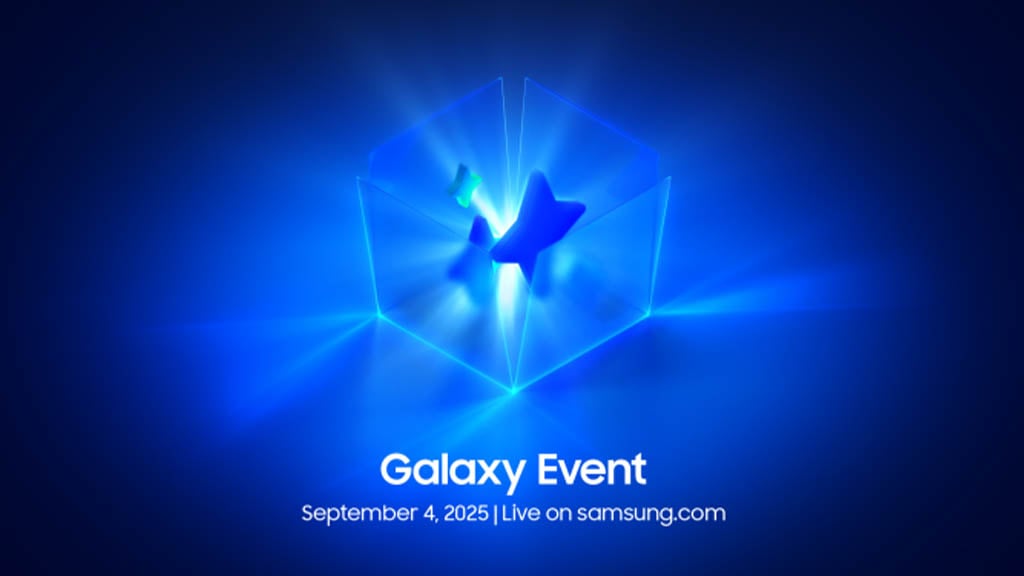
Samsung is making its 2025 TVs and Smart Monitors more intelligent by adding Microsoft Copilot, an AI assistant that simplifies how you use your TV. This feature lets you talk to your TV or press a button on the remote to get quick answers, find shows, or learn new things.
Whether you want details about a movie’s cast, a summary of a show, or help with a tricky topic, Copilot is there to assist. It works alongside Samsung’s existing smart tools like Click to Search and Bixby, and it’s part of Samsung Daily+, a hub for entertainment and lifestyle content.
You’ll find Copilot on 2025 models like Micro LED, Neo QLED, OLED, The Frame Pro, and Smart Monitors (M7, M8, M9). This makes your TV a smarter, more helpful part of your home, offering tailored suggestions and easy access to information right on the screen.
Meanwhile, Samsung is gearing up for a big event on September 4 at IFA 2025 in Germany, where it will show off new products, including the Galaxy S25 FE smartphone and premium AI-powered tablets. The company teased a “new gateway to the latest Galaxy AI experience,” hinting at exciting updates.
The Galaxy S25 FE is expected to bring upgraded features at a friendly price, while the Galaxy Tab S11 series will boast a stunning 14.6-inch Dynamic AMOLED 2X display, powered by a fast MediaTek Dimensity 9400+ chipset for better performance and AI tasks. These tablets also support a Gemini assistant feature, activated by a side button, and offer improved multitasking with One UI 8.
You can watch the IFA 2025 event live on Samsung’s website or YouTube at 5:30 AM EDT on September 4. Visitors at the IFA exhibition in Berlin can check out Samsung’s latest gadgets in person.
This event comes just days before Apple’s product launch on September 9, setting the stage for a tech showdown. Samsung’s focus on AI and connected devices shows its commitment to making everyday life easier and more exciting.
New alert screen for lost Android phones in Google’s Find Hub

Google is working on a fresh look for the alert screen that pops up when an Android phone is marked as lost through its Find Hub service. This update brings a modern design and clearer instructions to help recover misplaced devices. Here’s what’s new and why it matters.The updated alert screen is part of Google’s effort to improve Find Hub, which was previously called Find My Device.
When a phone is reported lost or stolen, this screen locks the device and shows a bold message saying, “This phone is lost,” along with the owner’s contact details. Unlike the older version, which simply said “Locked by Find Hub,” the new design uses a larger, eye-catching font to make the situation clear.
It also features bigger buttons to call the owner or reach emergency services, making it easier for someone who finds the phone to take action.
This redesign uses Google’s Material 3 Expressive style, which adds a colorful background and a more user-friendly layout. The changes aim to make the screen stand out and ensure it’s easy to understand, even for someone unfamiliar with the phone. The update is tied to Google Play Services version 25.34.32, but it’s still in testing and not widely available yet.
This means only some users might see it for now, as Google fine-tunes the feature.Find Hub itself has grown into a powerful tool for tracking not just phones but also accessories like earbuds, tracker tags, and even luggage through partnerships with airlines.
It uses a network of Android devices to locate items, even if they’re offline, by relying on encrypted location data. The new alert screen builds on this by making it simpler for finders to return lost devices.
While Google is rolling out this modern look across its apps, the update’s full release might take time, as some apps have faced issues after similar redesigns. For now, this change shows Google’s focus on making lost device recovery easier and more secure for Android users.
News
Samsung One UI 8 Beta 6 now available
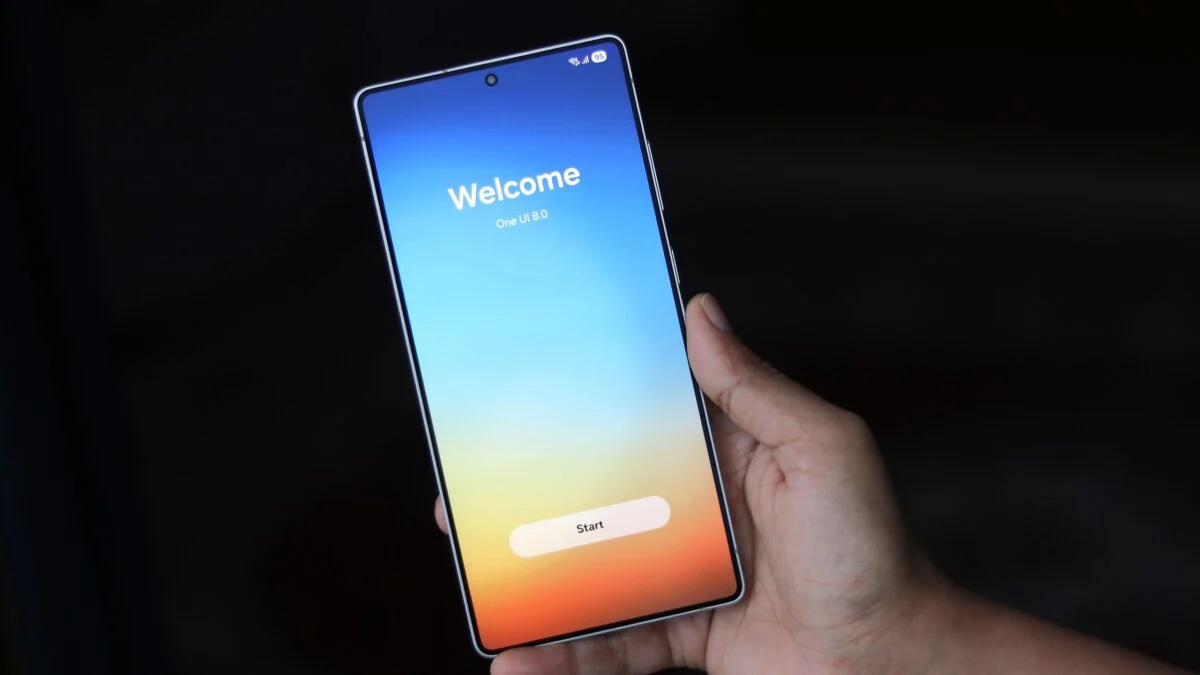
Samsung is getting ready to roll out the One UI 8 Beta 6 update for its Galaxy S25 series, and it’s creating a lot of buzz among Galaxy fans. This update, based on Android 16, is part of Samsung’s ongoing beta program that started in May 2025. The company is working hard to polish the software before the official stable release in September 2025, and this sixth beta is a big step toward that goal.
Here’s what you need to know about the update, its features, and when it might arrive.The One UI 8 Beta 6 update is expected to focus on fixing issues and making the system run smoother. It aims to improve camera performance, battery life, system stability, and network connections. Beta testers have reported problems like the “Purple Moon” issue, which affected display quality, and Samsung is likely addressing these in this update.
By tackling these bugs, Samsung wants to ensure the software is ready for millions of users when the stable version launches.This beta also brings some exciting new features. One highlight is the upgraded “Now Brief” feature, which now includes a read-aloud option to share your daily briefings out loud.
Another addition is the improved Audio Eraser tool in the Galaxy Gallery app, making it easier to remove unwanted noise from videos with a single tap. These AI-powered upgrades were first seen in Samsung’s foldable devices and are now coming to the S25 series. The beta program, which began with the Galaxy S25 series, has expanded to include devices like the Galaxy S24, Z Fold6, and Z Flip6 since August.
More devices, such as the Galaxy S23 and select A-series models, will join the beta in September. Samsung has confirmed the stable One UI 8 rollout will start with the S25 series next month, with other devices like the S24, Z Flip6, and Z Fold6 possibly getting it by late September or early October.
The Galaxy A56 might even skip the beta and go straight to the stable version. If you’re in the beta program, keep an eye on the Samsung Members app for the Beta 6 update. Samsung is moving fast to make sure One UI 8 is smooth and packed with useful features for all Galaxy users.
Google Pixel 10’s Tensor G5 Chip: Cooler performance but still lags in speed tests
Google’s Pixel 10 series introduces the new Tensor G5 chip, a significant step forward in tackling one of the biggest issues with earlier Pixel phones: overheating. Unlike its predecessors, the Tensor G5, built by TSMC using a 3nm process, stays noticeably cooler during regular use.
In everyday tasks like browsing or app switching, the phone feels comfortable in hand, only warming slightly during setup or intense gaming. Compared to the Tensor G4 in the Pixel 9 series, the G5 runs cooler than devices like the Galaxy Z Fold 7 and Nothing Phone (3), marking a clear improvement in heat management.
While it may heat up quickly during gaming, it stabilizes without becoming uncomfortably hot, a promising sign for users frustrated by past thermal issues. However, when it comes to raw power, the Tensor G5 doesn’t quite match up to top competitors like Qualcomm’s Snapdragon 8 Elite.
Benchmarks show it’s about 34% faster than the Tensor G4, but it still falls short of leading chips in both single-core and multi-core performance. The G5’s strength lies in its consistency—it maintains steady performance over time, unlike some rivals that lose speed under prolonged stress.
This stability is a plus for tasks like gaming or multitasking, even if the chip isn’t the fastest on the market.Google’s focus with the Tensor G5 isn’t about winning speed races but powering on-device AI features, like advanced camera tools (Add Me, Auto Best Take, and 100x Pro Res Zoom) and real-time speech processing.
These features rely on the chip’s upgraded Tensor Processing Unit and custom Image Signal Processor, which handle complex tasks efficiently. The switch to TSMC also brings better power efficiency, contributing to the Pixel 10’s improved battery life of over 30 hours, compared to the Pixel 9’s 24+ hours.
In short, the Tensor G5 makes the Pixel 10 a reliable choice for everyday use and AI-driven tasks, with much better heat control. While it may not top benchmark charts, it delivers a smoother, cooler experience that most users will appreciate.
-
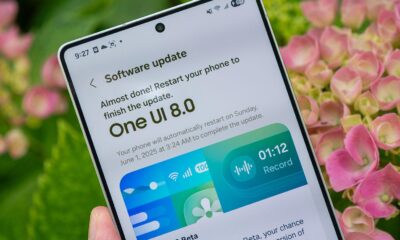
 Android2 months ago
Android2 months agoSamsung’s new One UI 8 update coming to Galaxy S24 and S23
-
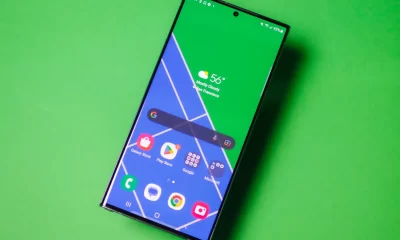
 News1 month ago
News1 month agoSamsung Galaxy S23 camera struggles after One UI 7 update
-

 Android2 months ago
Android2 months agoSamsung Galaxy S23 to see speed boost with One UI 8 update
-

 News2 months ago
News2 months agoSamsung’s new One UI 8 update brings smarter features to Galaxy phones
-

 News2 months ago
News2 months agoGalaxy S23 gets smoother animations with early One UI 8
-
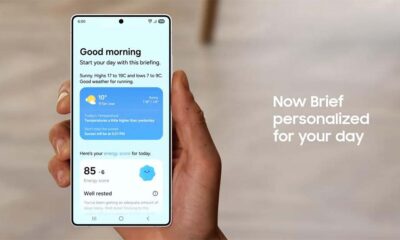
 News2 months ago
News2 months agoSamsung phones in Europe get new Now Brief feature
-
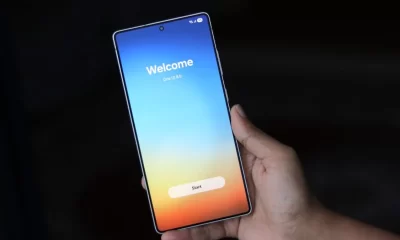
 News1 month ago
News1 month agoNew One UI 8 features for Galaxy S24 and S23 phones
-

 Android2 months ago
Android2 months agoSamsung Galaxy S25 gets stable One UI 8 update early




